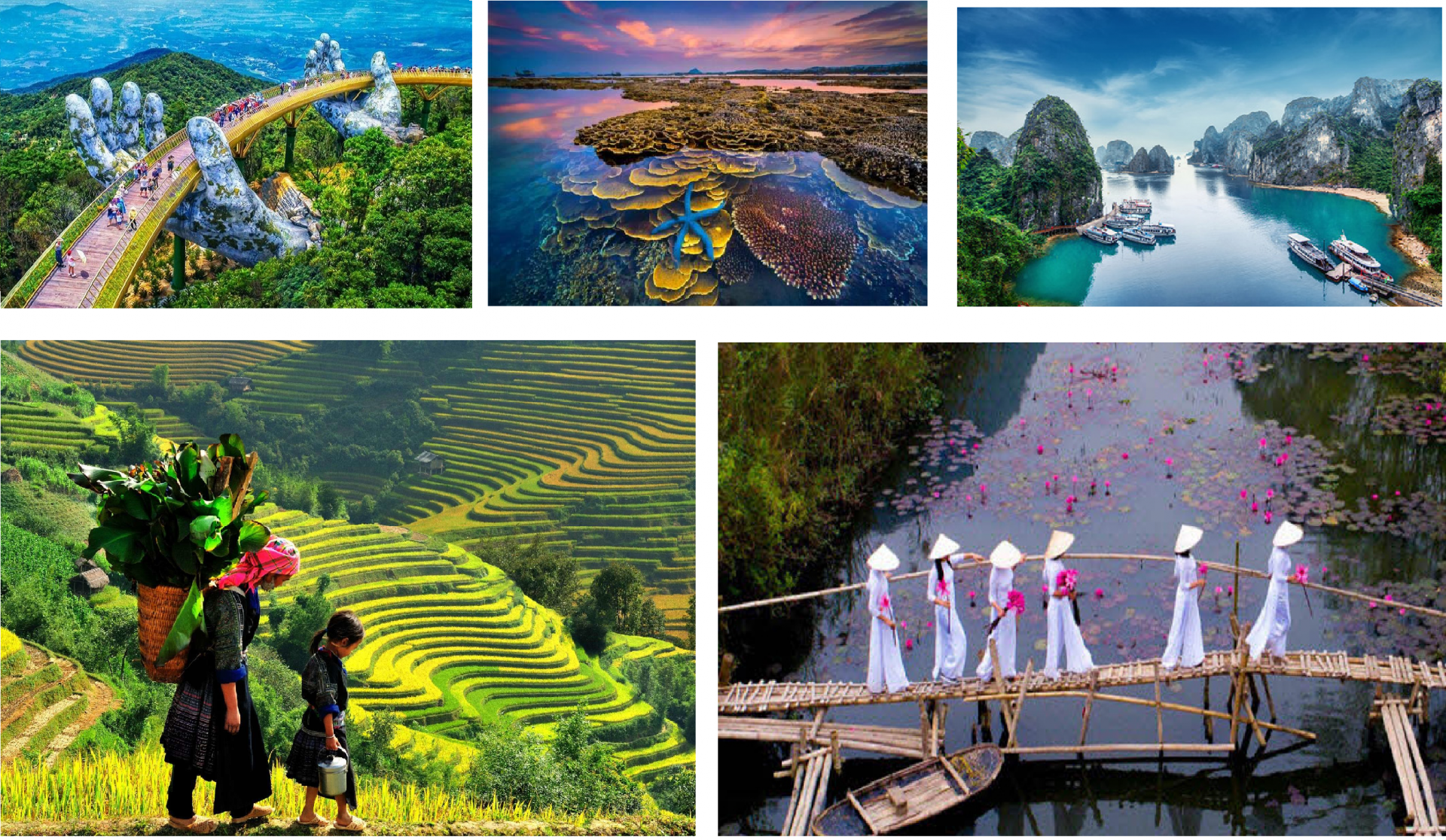Light from the Sun: Fully solar villages lighting up rural Gujarat
Known globally as the “Gateway to the Rann of Kutch” and celebrated by the United Nations World Tourism Organisation as the Best Tourism Village, Dhordo is now shining for another reason—it has become a fully solar-powered settlement.
With 81 homes equipped with rooftop solar panels, generating a combined capacity of 177 kilowatts, Dhordo stands as a beacon of India’s clean energy revolution and Gujarat’s pioneering leadership in renewable transformation.
The formal dedication of this achievement by Prime Minister Narendra Modi on September 20, during the ‘Samudra Se Samriddhi’ event in Bhavnagar, marked a defining moment in India’s journey towards energy self-reliance.
The project is part of the PM Surya Ghar Muft Bijli Yojana, an ambitious national initiative aimed at empowering households with solar power, reducing dependence on fossil fuels, and democratizing access to clean energy.
For the villagers of Dhordo, this transformation is not only about electricity—it is about dignity, savings, and pride.
A solar milestone for rural Gujarat
With solar panels now installed on every single rooftop, Dhordo produces nearly 2.95 lakh units of electricity annually.
This remarkable output is more than enough to power the village’s needs, leaving surplus energy to be sold back to the grid.
For each household, this means annual savings of approximately $185 (₹16,064)—a significant boost to family incomes in rural areas. Collectively, the 81 households generate over $14,900 (₹13 lakh) every year in savings and income from excess power.
Miyan Hussain, the Sarpanch of Dhordo, expressed what many villagers feel: a sense of economic and social empowerment. He credited the leadership of both the central and state governments for making this transformation possible.
“Solarisation has reduced our electricity bills to almost nothing. The joy of seeing our homes powered by the sun is immense,” he said.
His words capture the spirit of progress that renewable energy brings—not merely reducing costs but fostering optimism, self-reliance, and community pride.
Gujarat’s role as a clean energy pioneer
Dhordo is the fourth fully solarised village in Gujarat, following Modhera, Sukhi, and Masali.
Each of these success stories highlights the state’s determination to align rural prosperity with sustainability.
Gujarat has long been a frontrunner in renewable energy adoption, boasting expansive solar parks, wind farms, and green hydrogen projects. By extending this vision to villages, the state ensures that the benefits of clean energy are not confined to urban centres or industrial clusters but reach the heart of rural life.
This achievement also dovetails with India’s larger climate goals. By reducing reliance on coal and other fossil fuels, solar villages like Dhordo make direct contributions to lowering carbon emissions.
At the same time, they showcase a model of how climate action can empower communities, generate economic opportunities, and preserve the environment.
In this way, Gujarat is not just adding megawatts of clean energy to the grid—it is shaping a new narrative of sustainable development.
Energy as empowerment
The transformation of Dhordo demonstrates how energy can be more than a utility—it can be empowerment itself.
Access to reliable, affordable electricity enables children to study without interruption, businesses to run more efficiently, and households to manage expenses with greater ease.
Surplus energy generation brings additional income, creating new opportunities for investment in education, healthcare, and livelihoods.
For a community that thrives on tourism during the annual Rann Utsav, solarisation also enhances Dhordo’s global reputation.
Visitors who come to witness the white desert and the cultural vibrancy of Kutch now see a village that embodies sustainability in action. The fusion of heritage with innovation, of tradition with modernity, enriches the identity of Dhordo and makes it a symbol of India’s ability to blend progress with pride.
A vision made affordable
The success of this project owes much to the design of the PM Surya Ghar Muft Bijli Yojana, which combines government subsidies with affordable bank loans to ensure that villagers can make the transition without financial strain.
By lowering upfront costs, the scheme empowers households to take ownership of their energy production. This approach democratises access to clean energy, ensuring that the solar revolution is not the privilege of a few but the right of all.
What is striking is how quickly the impact is felt. From the moment solar panels are installed, households see a sharp reduction in their electricity bills.
For many families, this is money that can now be redirected towards essential needs or even small entrepreneurial ventures. In this sense, solarisation is not merely about light—it is about livelihoods.
A model for the nation
The success of Dhordo is not an isolated achievement but a model for the entire country.
As more villages adopt solar power under the Surya Ghar Muft Bijli Yojana, India is steadily building a network of energy-resilient communities.
Each solar village becomes a microcosm of self-reliance, demonstrating how renewable energy can transform not just consumption patterns but social and economic realities.
For India’s rural heartland, where agriculture, small enterprises, and households often struggle with the volatility of conventional power supplies, solarisation offers stability.
It aligns with the government’s larger goals of Atmanirbharta (self-reliance) and Panchamrit (five-fold climate commitments), ensuring that the path to national progress is both inclusive and sustainable.
Pride in the power of the Sun
At its core, the story of Dhordo is one of pride. Pride in being recognised globally as a village that embodies the spirit of tourism and culture, and now pride in leading the clean energy revolution.
For the residents, the shining panels atop their homes are not just technological installations—they are daily reminders that their community stands at the forefront of change.
For India, the achievement sends a powerful message to the world. At a time when nations are grappling with climate commitments, Dhordoproves that clean energy solutions can be implemented at scale, in rural settings, and with transformative impact.
It showcases how local communities can be global leaders, how the light from the sun can illuminate paths to progress far beyond electricity.
Lighting the way forward
As the sun sets over the vast salt desert of Kutch, the lights in Dhordo glow with new significance.
They are not powered by distant coal plants or costly imports, but by the very rays of the sun that define the desert’s landscape. Every illuminated home is a testament to innovation, leadership, and collective effort.
The journey of Dhordo stands as a shining example of what India can achieve when vision, policy, and community spirit converge. It is a reminder that clean energy is not a distant dream but a living reality—one that brightens homes, uplifts lives, and inspires pride.
With villages like Modhera, Sukhi, Masali, and now Dhordo leading the way, Gujarat has shown how rural India can be at the heart of the renewable energy revolution.
As more villages follow suit, the light from the sun will continue to transform lives, ensuring that the story of India’s progress is written not only in megawatts and infrastructure but also in the smiles of its people.



